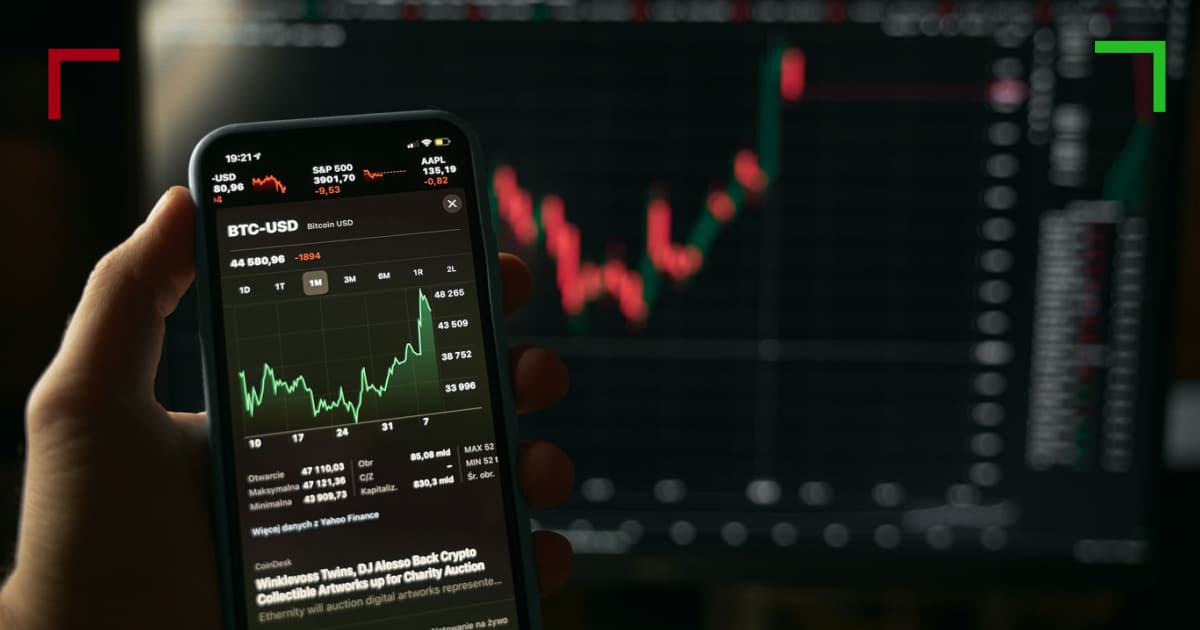The Importance of Crypto Trading Volume in Market Analysis 0

The Importance of Crypto Trading Volume in Market Analysis
Understanding Crypto Trading Volume click here crypto trading volume is essential for anyone involved in the cryptocurrency market, whether you’re a seasoned trader or just starting. Trading volume represents the total amount of a cryptocurrency that is traded over a specific period, and it serves as a crucial indicator of market activity and liquidity. In this article, we will delve into the meaning of crypto trading volume, its significance, and how to interpret it to make informed trading decisions.
What is Crypto Trading Volume?
Crypto trading volume refers to the total quantity of a cryptocurrency that is bought and sold during a particular time frame, typically measured in 24-hour increments. This metric provides insight into the level of engagement and interest in a specific cryptocurrency. High trading volume indicates strong interest and activity, while low volume may suggest a lack of interest or investor hesitation.
Why Trading Volume Matters
1. Liquidity: One of the primary reasons trading volume is essential is its relationship with liquidity. High trading volume usually correlates with high liquidity, allowing traders to enter and exit positions without significantly impacting the market price. In a market with low liquidity and low trading volume, large orders can cause substantial price fluctuations, making it riskier for traders.
2. Market Sentiment: Trading volume can also serve as a barometer for market sentiment. For instance, a sudden spike in volume can indicate a shift in investor sentiment, often preceding major price movements. Traders often look for volume surges as signals for potential buying or selling opportunities.
3. Confirming Trends: Volume analysis can help confirm the strength of a current trend. For example, if a cryptocurrency experiences a price increase accompanied by a significant rise in trading volume, it suggests that the trend is likely to continue. Conversely, if the price increases but the volume is low, it may indicate a precarious trend that could reverse.
How to Analyze Trading Volume
Analyzing trading volume effectively involves more than just noting the numbers. Here are some methods to consider:

1. Volume Indicators: Many traders use technical analysis tools that incorporate volume trends, such as the On-Balance Volume (OBV) and Volume Moving Averages. These indicators can help traders visualize the relationship between price changes and trading volume over time.
2. Comparative Analysis: Analyzing a cryptocurrency’s trading volume in relation to its historical averages can provide context. For example, a current volume that is significantly higher than its average over the past weeks or months may indicate a strong bullish or bearish trend.
3. Volume vs. Price Movements: Observing the relationship between trading volume and price movements can be enlightening. If the volume increases as the price rises, it supports the strength of the trend. If the price rises with decreasing volume, it may signal a potential reversal.
Common Pitfalls in Volume Analysis
While understanding trading volume can enhance your trading strategy, it’s essential to be aware of common pitfalls:
1. Volume Spikes: Sudden spikes can result from various events, including market news or significant trades from influential players (often referred to as “whales”). It’s important not to react impulsively to volume spikes without understanding the underlying cause.
2. Lack of Context: Always consider the broader market environment when assessing trading volume. A surge in volume may occur during a market-wide rally or crash, suggesting that external factors are influencing overall sentiment.
Conclusion
In conclusion, crypto trading volume is a vital component of market analysis that can provide crucial insights into liquidity, market sentiment, and trend validation. By effectively analyzing trading volume, traders can make more informed decisions that align with evolving market conditions. Remember to incorporate volume analysis along with other technical and fundamental indicators to enhance your trading strategies.
By keeping a close eye on trading volumes, traders can navigate the dynamic world of cryptocurrencies with greater confidence and precision.


